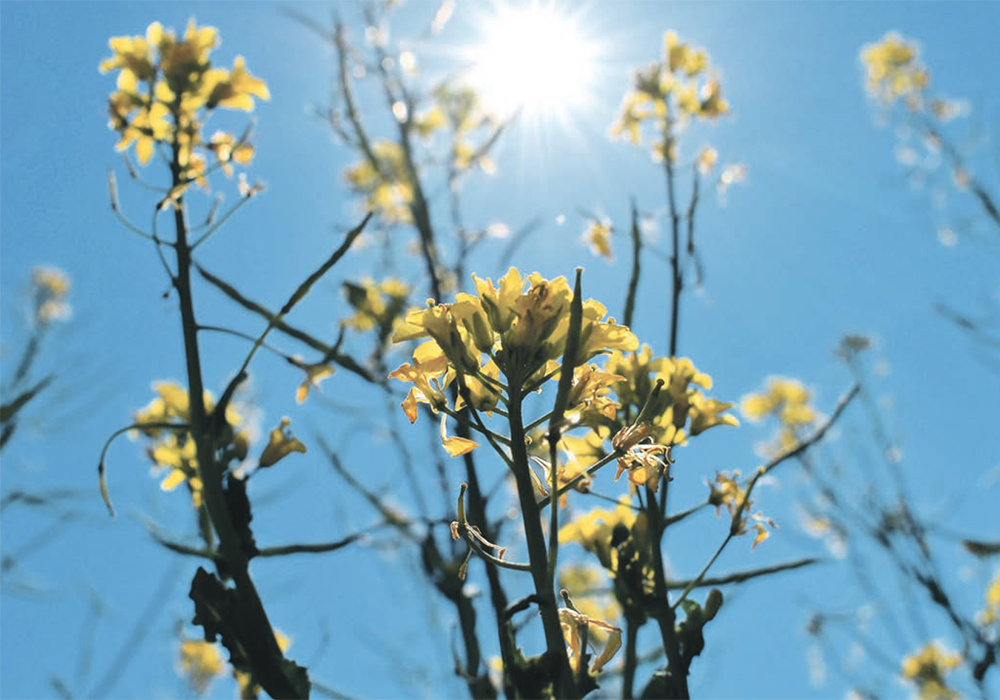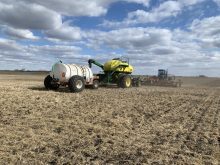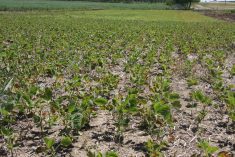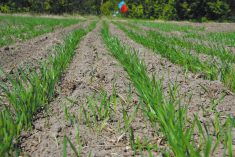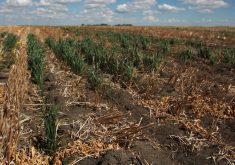In a summer when all the headlines have been about heat waves around the world, it is a blessing that the main grain and oilseed producing areas of North America have mostly avoided extreme heat.
The news items about the record number of days that Phoenix, Arizona, had highs above 43 C and the vicious heat wave and fires around the Mediterranean provided shocking examples of the type of weather we might increasingly face in the future.
But those areas are not where the bulk of the world’s grain and oilseeds come from and so the calamities did not set crop markets on fire. However, you’ll likely see higher prices for olive oil because it is a big Mediterranean region crop.
Read Also

VIDEO: Ag in Motion documentary launches second season
The second season of the the Western Producer’s documentary series about Ag in Motion launched Oct. 8.
And I should note that on average, much of Europe was warmer than average in June and the first half of July and that contributed to this month’s trimming of European Union crop yield forecasts by the European Commission.
However, even with the trimming, the yields are similar to the five-year average.
There are weeks of summer left and lots of weather that could change market psychology and prices.
A significant part of North America’s grain and oilseed areas are dry and some are in serious drought.
Western Canadian crops are generally in worse shape than those in the United States.
Bruce Burnett of MarketsFarm talked about his production expectations for the Prairies at the Ag In Motion farm show held near Saskatoon recently, and they are not good.
His analysis was covered in last week’s Producer so I won’t repeat them here.
But I’ll state the obvious. It would be even worse if it had been hotter.
June was warm in many areas but broadly speaking July saw normal temperatures, at least until last week.
The real heat of summer finally hit last week with highs in many parts of the American Midwest approaching 40 C and parts of the Canadian Prairies in the low to mid 30s.
This likely hurt yield potential, particularly in those areas with little soil moisture reserves. The number of days of extreme heat is also important in assessing crops damage, particularly in corn.
One or two days of 35 C highs might not be too bad, but if there were four days in a row, then the damage compounds. Another factor is how hot it stays at night.
This time, the really extreme heat lasted only a couple of days so perhaps the damage was not that great.
The temperature expectations for the first 10 days August in the heart of the Midwest were in a range of about 25-31 C, warm but not damaging.
It will be interesting to see how the heat affects the weekly crop ratings issued by the U.S. Department of Agriculture and Saskatchewan Agriculture. A lot of private crop forecasters use these ratings in formulas that predict yields and production.
And speaking of crop forecasts, last week we got the results of the U.S. Wheat Quality Council tour of North Dakota.
The results, which show a fairly good crop, lend weight to the argument that the absence of intense heat through much of July lessened the impact of the lack of rain in the month.
The tour predicted an average yield of 47.4 bushels per acre. That was a little lower than the tour’s estimate of 49.1 bu. made last year, but higher than the event’s five-year average of 40.1 bu.
I should note that Burnett estimated Western Canada’s average spring wheat yield at 44 bu. per acre.
The Dakota tour estimated the durum yield potential at 43.9 bu. compared to last year’s 39 bu.
The tour’s estimated for spring wheat was similar to the USDA’s forecast for the state, but the durum forecast was higher than the USDA’s July forecast of 34 bu.
Burnett forecast western Canadian durum yield at only 26 bu. per acre.
The Dakota tour participants noted there was an urgent need for rain in the state to carry the state’s crops through to maturity.
The same could be said for almost all of North America’s main cropping regions.
One global region that enjoyed a mostly favourable growing season weather-wise is European Russia where most of its winter wheat comes from.
It wasn’t very hot and good moisture supported yields, but some places got too much rain and that could impact wheat quality.



